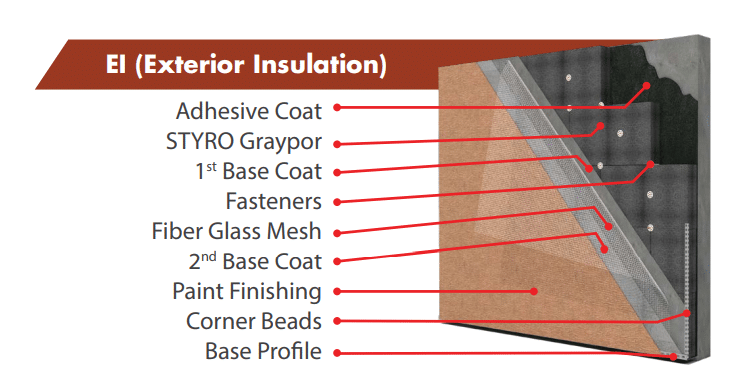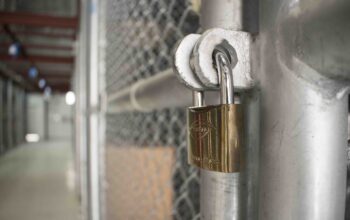Stucco and EIFS (Exterior Insulation and Finishing System) are both popular exterior cladding systems used in construction. While they may share some similarities in appearance, they are distinct in terms of materials, construction methods, and performance. Understanding the differences between stucco and EIFS is crucial for making informed decisions when selecting the appropriate cladding for a building project. In this article, we will explore the key distinctions between stucco and EIFS.
Composition and materials:
Stucco is a traditional cladding system that has been used for centuries. It is primarily composed of a mixture of cement, sand, and water. Stucco is usually applied directly to a substrate such as wood, masonry, or metal lath. The finish coat of stucco can be textured or smooth, and it is often painted to achieve the desired appearance.
EIFS, on the other hand, is a more modern cladding system introduced in the latter half of the 20th century. It consists of multiple layers, starting with an insulation board made of expanded polystyrene (EPS) foam, which is attached to the substrate using adhesive or mechanical fasteners. A base coat is then applied over the insulation, and a fiberglass mesh is embedded into the base coat to enhance its strength and flexibility. Finally, a finish coat is added, which can be customized in various colors and textures.
Insulation and energy efficiency:
The primary difference between stucco and EIFS lies in their insulation properties. Stucco does not offer any inherent insulation value. It relies on the substrate and wall assembly for thermal performance. In contrast, EIFS is specifically designed to provide excellent insulation to the building. The EPS foam in EIFS acts as a thermal barrier, significantly reducing heat transfer through the walls. This enhanced insulation contributes to improved energy efficiency and reduced heating and cooling costs in buildings with EIFS cladding.
Crack resistance:
Stucco and EIFS also differ in their ability to resist cracking. Stucco is a rigid material, which means that it may be prone to cracking over time due to the natural movement of the building’s structure. While expansion joints and control joints can be incorporated to help mitigate cracking, stucco may still require periodic maintenance to address any cracks that may form.
On the other hand, EIFS is designed to be more flexible and crack-resistant. The reinforcement layer of EIFS, typically a fiberglass mesh, helps distribute stresses across the surface, reducing the likelihood of cracks. EIFS can better accommodate movement in the building, making it a more durable option with lower maintenance requirements compared to traditional stucco.



